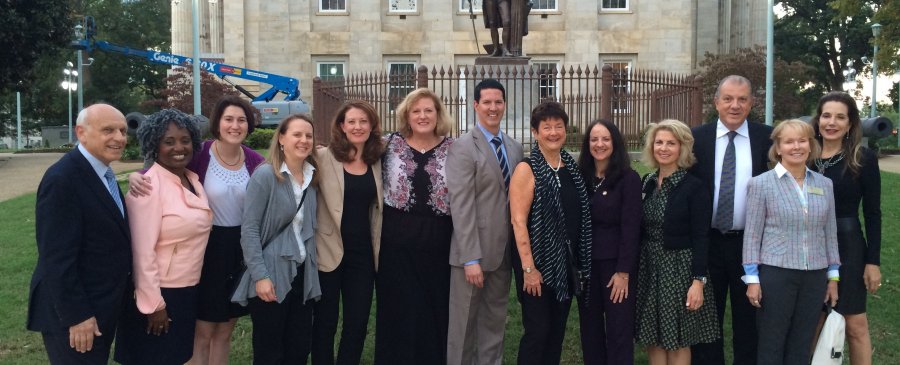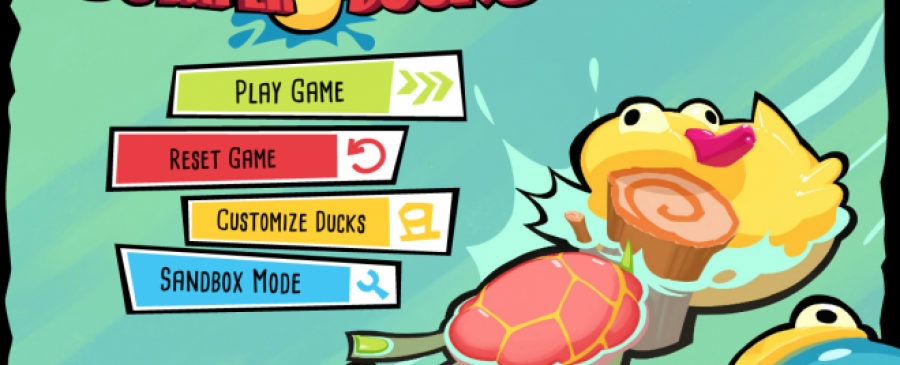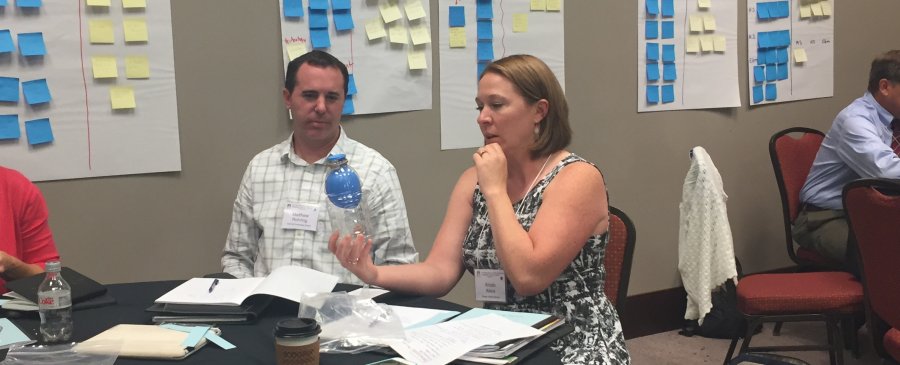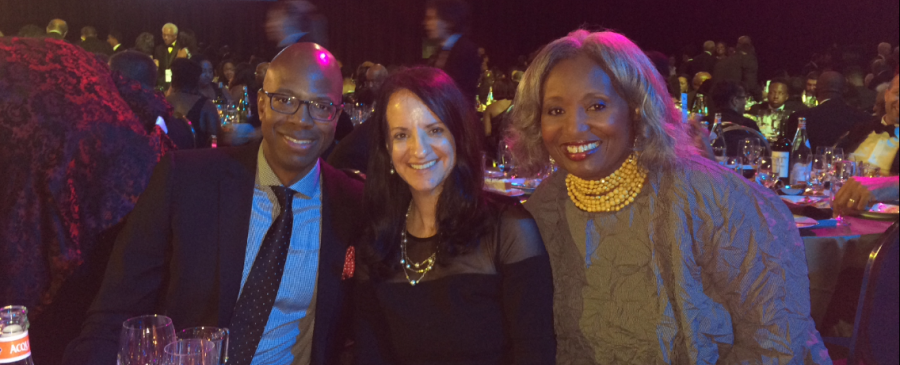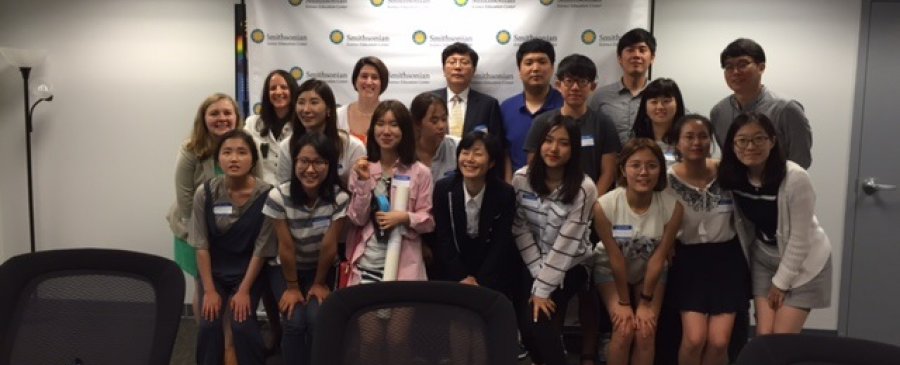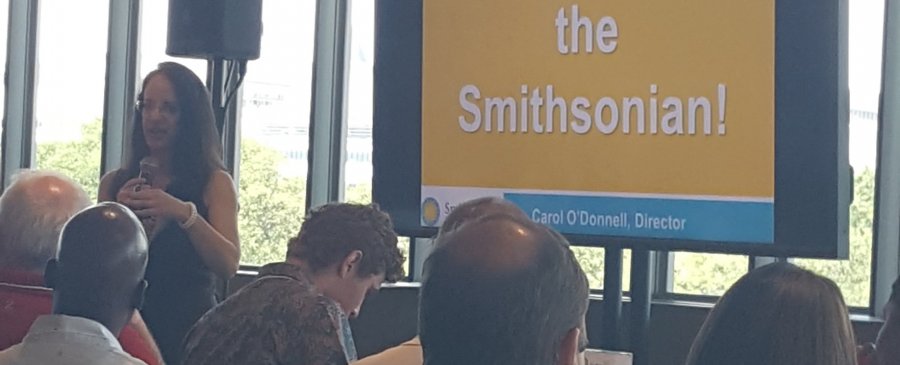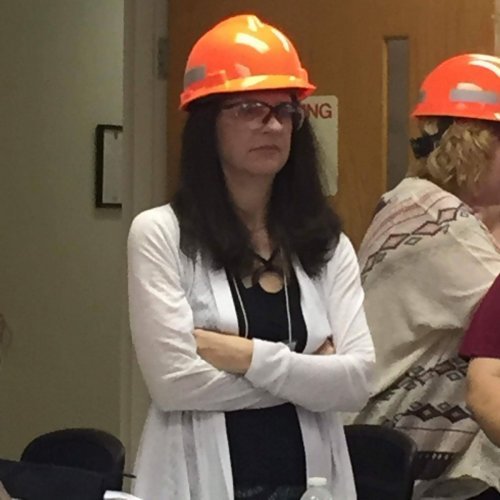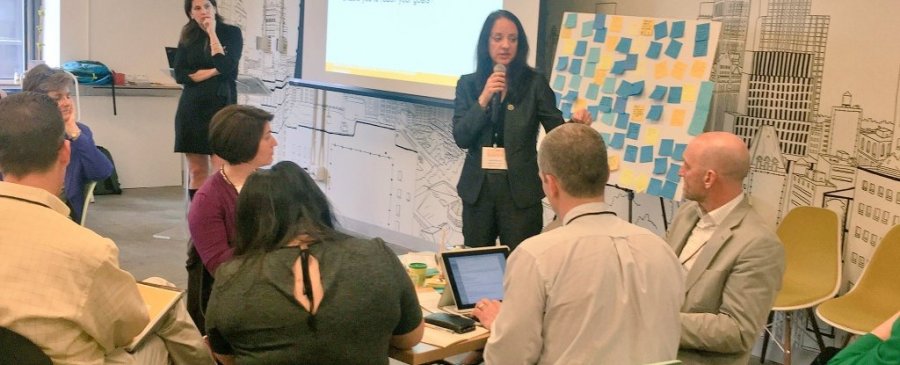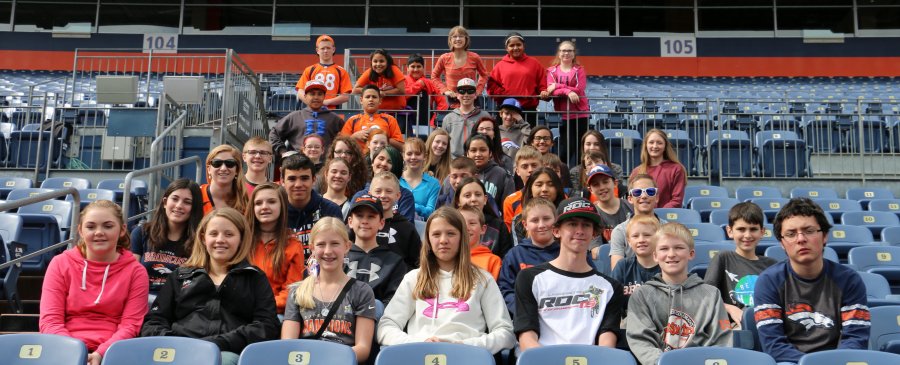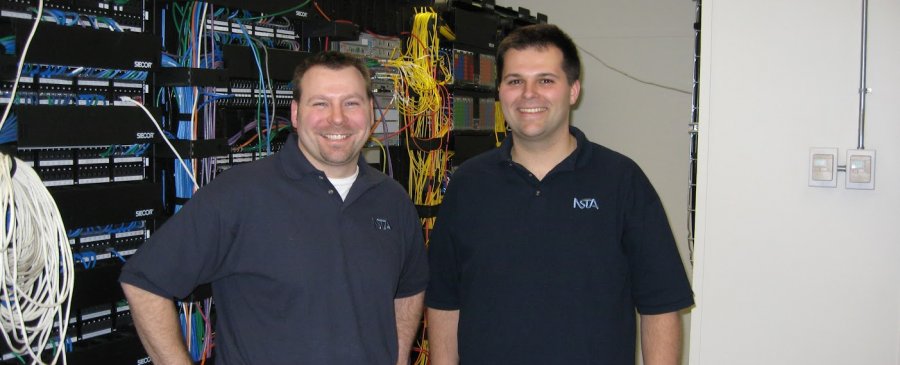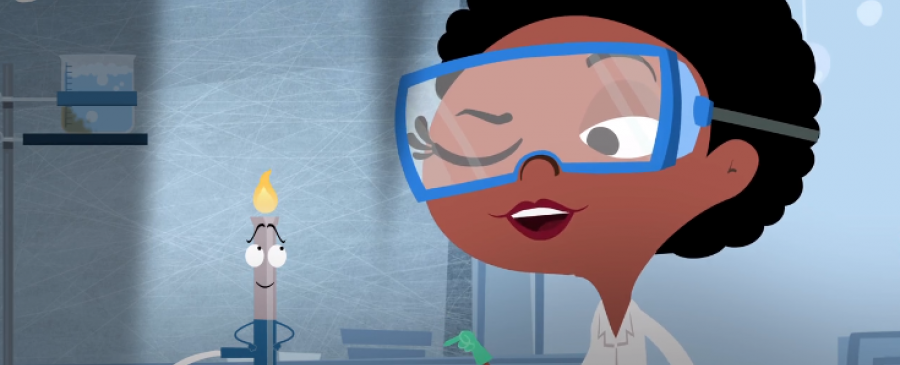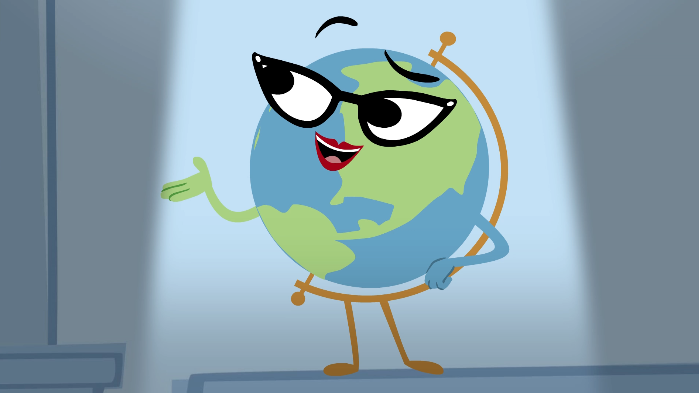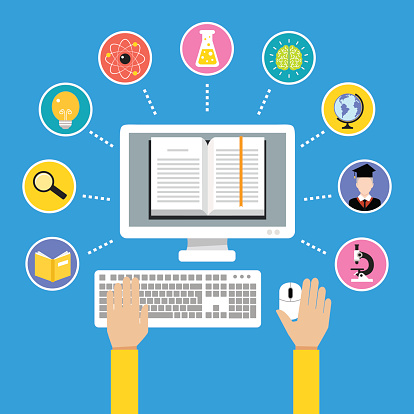The Smithsonian Science Education Center is excited to host guest bloggers Sharon Dotger, Associate Professor of Science Education in the School of Education at Syracuse University, and Jessica Whisher-Hehl, Science Coordinator for OCM BOCES’ Center for Innovative Science Education!
Fall 2016 National Advisoary Board Meeting
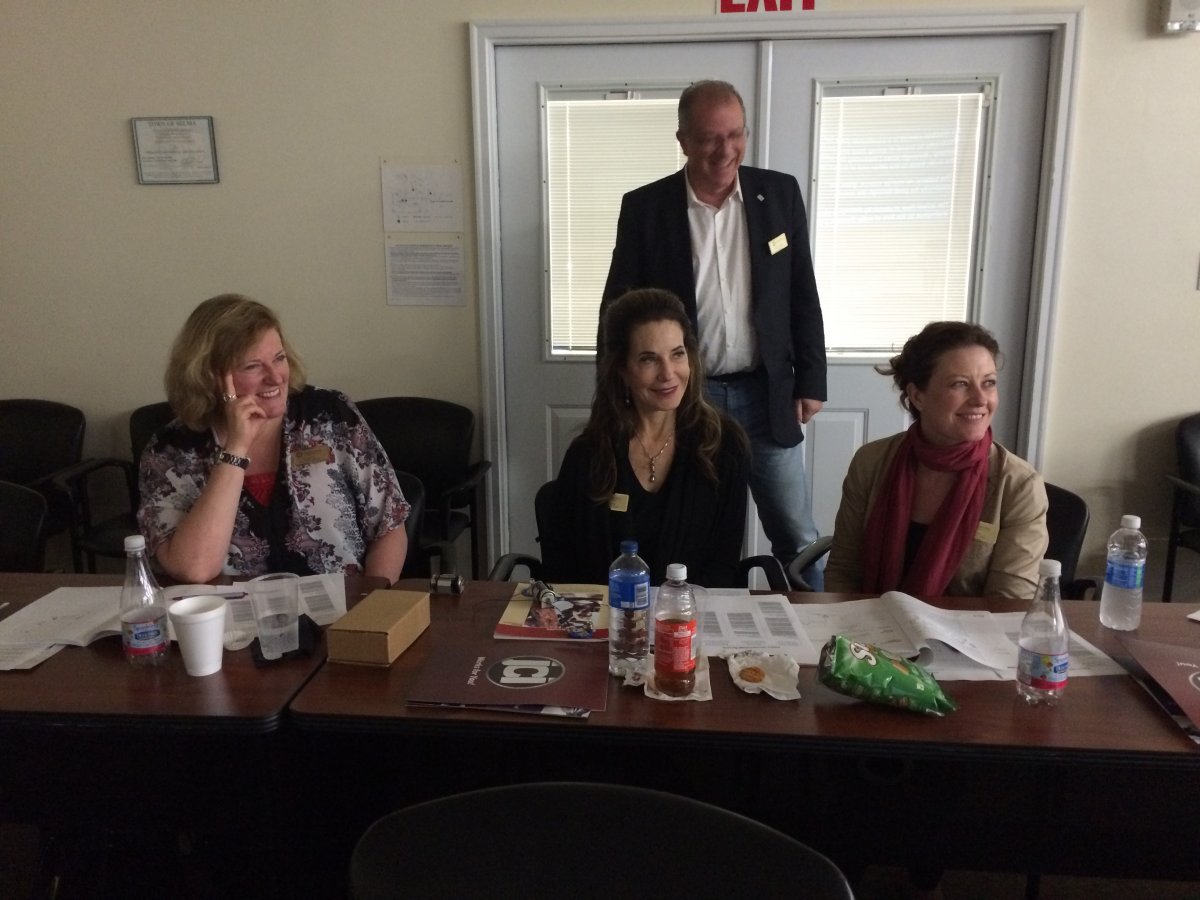 The Smithsonian Science Education Center held its fall national advisory board events which included a materials center tour, board dinner and board meeting in the Raleigh-Durham area of North Carolina, one of the states where SSEC tested the efficacy of its Leadership and Assistance for Science Education Reform (LASER) model. The tour was held on Monday, October 17th at the Johnston county industries materials center (JCI) in Selma, NC.
The Smithsonian Science Education Center held its fall national advisory board events which included a materials center tour, board dinner and board meeting in the Raleigh-Durham area of North Carolina, one of the states where SSEC tested the efficacy of its Leadership and Assistance for Science Education Reform (LASER) model. The tour was held on Monday, October 17th at the Johnston county industries materials center (JCI) in Selma, NC.
The Neville-Pribram Mid-Career Educators Awards allow mid-career educators to be in residence and utilize the Smithsonian Libraries distinctive collections, focusing on science, history, culture and arts. The awards are open to middle & high school teachers, college teachers, and museum educators working on curriculum development or publications in print or electronic form. The Library offers excellent resources for developing curricula relating to Common Core, Core Arts Standards, and Advanced Placement curricula.
The Smithsonian Libraries is pleased to offer a call for applicants for the 2017 Neville-Pribram Mid-Career Educators Award. The National Museum of Natural History Library is the host library for the selected 2017 Educator. The National Museum of Natural History Libraries consists of the main location (on the 1st floor and basement of the NMNH's East Court) and 11 specialized collections throughout the NMNH building totaling more than 500,000 volumes. These collections are located within the NMNH Entomology, Invertebrate Zoology, Botany, Vertebrate Zoology, Mineral Sciences and Paleobiology departments.
We’re sure that you’ve played (and can’t stop playing) our physical science game BumperDucks. In case you haven’t, here’s the gist: in BumperDucks your job is to help a wayward band of ducks reach their final destinations – tasty treats! With the help of collisions and rebounding you can slingshot these ducks to victory. BumperDucks is all about the laws of motion and how we can utilize their effects once we figure out how they work!
The Smithsonian Science Education Center teamed up with the South Carolina Coalition for Mathematics and Science and the South Carolina Afterschool Alliance to host the 2016 Next Steps Institute in Charleston, SC on September 26-28th. Close to 300 individuals and teams from across the country came together to gain advanced leadership training in one of seven different Pathway topics. Dr.
 Dr. Carol O’Donnell welcoming NC educators to the Smithsonian Image: Sarah Wells/Smithsonian Science Education Center
Dr. Carol O’Donnell welcoming NC educators to the Smithsonian Image: Sarah Wells/Smithsonian Science Education Center
Editor’s Note: The following is a transcript of an interview conducted with Kim Van Eaton. Some answers have been lightly edited for clarity.
Here at the Smithsonian Science Education Center, we’re passionate about science communication and creating an infectious love of science. As part of this mission, our director, Dr. Carol O’Donnell, met with science teachers in Washington State this June to talk about the importance of science education. While there she meet 6th grade teacher Kim Van Eaton from Marie Curie STEM Elementary School. Kim had nothing but kind words to say about STCTM and how the kit had changed her teaching of science! It’s always heartwarming to hear that your work has impacted someone’s life in a positive way. We wanted to know a little more about how Kim has been affected by STC and SSEC, so we got in touch to hear more of her thoughts.
International Conference on Improving the Learning of Biology
During April 13th through 16th Dr. Carol O’Donnell and the Director of Professional Services Dr. Amy D’Amico attended an International Conference on Improving the Learning of Biology and Other Related Science in the K-12 School Year in Santiago, Chile. The conference focused on inquiry based science education, and Dr. O’Donnell presented the results of the Smithsonian Science Education Center’S 5-year research trial of the LASER model.
100Kin10 New Partners’ Unconference
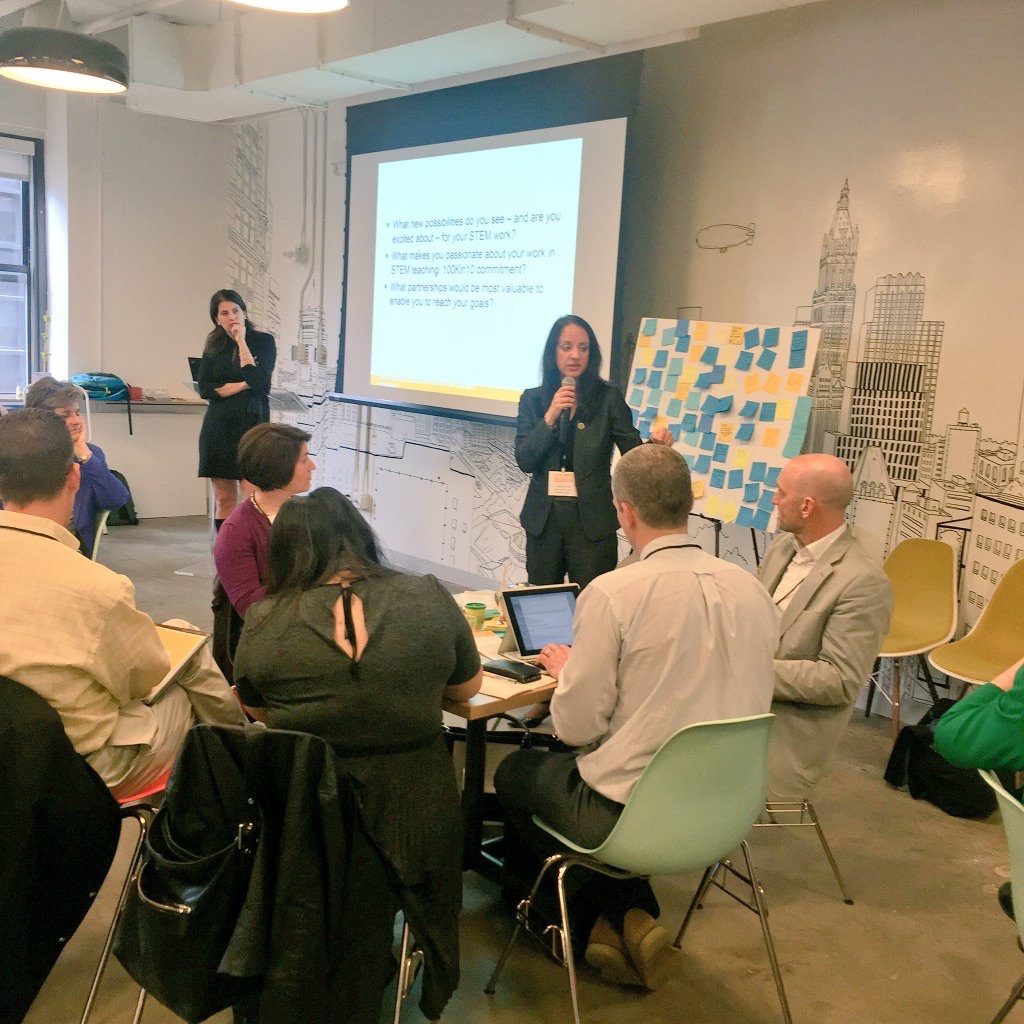 O'Donnell addresses the "unconference" attendees
O'Donnell addresses the "unconference" attendees
 Lindsey Nickerson, science teacher at Eaton Middle School and one of SSEC’s Colorado LASER site coordinators, was selected as the Denver Broncos Tackle STEM Coach of the month for January. This award provided an opportunity of a lifetime: a STEM-based tour of the Broncos’ stadium for her and her students. After nominating Lindsey for this award, I was thrilled to be included as a chaperone on the trip to the stadium.
Lindsey Nickerson, science teacher at Eaton Middle School and one of SSEC’s Colorado LASER site coordinators, was selected as the Denver Broncos Tackle STEM Coach of the month for January. This award provided an opportunity of a lifetime: a STEM-based tour of the Broncos’ stadium for her and her students. After nominating Lindsey for this award, I was thrilled to be included as a chaperone on the trip to the stadium.
Do you want to teach engineering in your classroom? Go for it; it’s not as hard as you might think. This is just the subject that Pamela Lottero-Purdue and I presented at the 2015 Smithsonian Science Education Forum. Throughout the day, attendees from all education backgrounds were able to see and participate in activities that bring engineering to life in any educational setting.
Metacognition is one of those terms thrown around education circles like tryptophan during Thanksgiving. It sounds good, and makes us seem smart, but we aren’t really sure what’s happening below the surface.
I’ve always believed that one of the best ways to understand something is to compare it with something it’s not. Turkey is NOT chicken. Hitting the snooze button is NOT getting out of bed. Metacognition is NOT cognition.
Cognition is the way we organize and store new information. It’s how we think and process information.
Lab Out Loud started as an experiment. Could we bring a conversation about science education to a wider audience by delivering it through a new medium? After eight years, our audio podcast has developed into a passion that we've been fortunate to share with our listeners; every episode continues to teach us new things.
According to scientists, you’re probably neither.
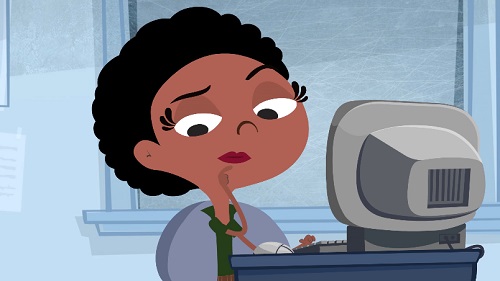
Many of us have asked ourselves this question at least once. The idea that people are either “left brained” (more concrete and analytical), or “right brained” (more abstract and creative), has been circulating in popular culture for decades. The lasting influence of this concept may be due to the natural human inclination to categorize everything —including the people around us.
The world of Good Thinking! is full of interesting characters, each of whom bring their own brand of humor and information to the series. None are as vital to the show's mission, however, as its main protagonist and star--science teacher Isabella Reyes. Ms. Reyes is the only character who appears in every Good Thinking! episode, and much of the series takes place either in her classroom or in her imagination.
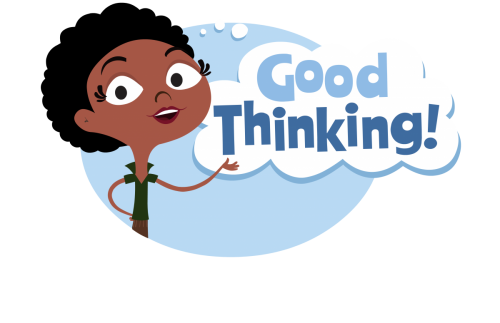
The second Smithsonian Science Education Academy for Teachers (SSEAT) of the summer came to a successful close once again in the middle of July. The focus of this academy was Energy's Innovations and Implications. The participants heard from a diverse set of speakers on past, current, and future renewable sources of energy as well as how energy has transformed the world we live in for the past 200 years.
Findings from science education research rarely make their way into classroom practice. As I've discussed before on the PLOS Sci-Ed blog, there are a lot of entrenched barriers that continue to separate these efforts. For one, most science education research is still primarily published in journal articles that are often difficult to access -- and always dense, lengthy reads.
When I took on the challenge to integrate literacy into new SSEC products, I immediately started thinking about how we would develop reading materials for young learners. That seemed logical...literacy equals reading. As I began researching strategies and best practices for integrating literacy into science curriculum, I realized I was barely scratching the surface of literacy connections by concentrating on reading. Looking at the Common Core State Standards for English Language Arts provided even more insight.
There's just under one week until the first-ever National Math Festival comes to Washington, D.C. on April 18! The country's first national festival dedicated to discovering the delight and power of mathematics will take place in several Smithsonian museums, including the National Museum of Natural History, National Air and Space Museum, National Museum of African Art, Freer and Sackler Galleries, Enid A. Haupt Garden, and S. Dillon Ripley Center.
Scott Harrison, a 6th grade teacher at Freeland Elementary School in Michigan, attended the 2014 Smithsonian Science Education Academies for Teachers on Biodiversity in Washington, DC. The year prior, Scott attended the "Energy: Past, Present and Future" SSEAT. Scott's experiences at these Academies have empowered him to develop new and exciting units for his classroom and pursue funding to put even more ideas into action. Congratulations to Scott and Freeland Elementary for their latest win in the Samsung Solve for Tomorrow contest!
Two summers ago, I worked with the Smithsonian Science Education Center (SSEC) as an intern with the Professional Services department. One of the main reasons I applied for an internship with the SSEC was to help me prepare to teach high school biology as a part of my undergraduate thesis. With only one semester of pedagogical training under my belt, I was looking forward to spending a summer with passionate and experienced scientists and educators who could help me become the best teacher possible for my students.
How do you learn? Think about it honestly for a second. Do you create notecards? Do you watch instructional videos? Do you even know? Have you ever asked your students how they learn best?
Discussing the science of learning with students tends to be a messy business. It takes time and is usually outside our areas of expertise. Understanding how students prepare for an assessment is arguably more important than how they perform. At least then we, as teachers, have something to work with as we reconstruct our students' misconceptions.
Smithsonian Science How is back with an all-new series of webcasts! This year, teachers can bring more Smithsonian scientists into the classroom through a live television-style program that is streamed through the web.

